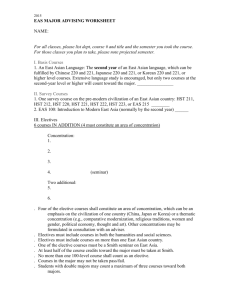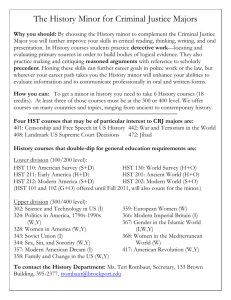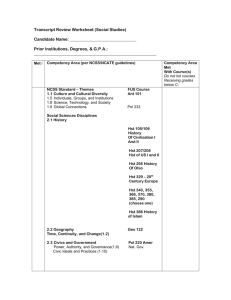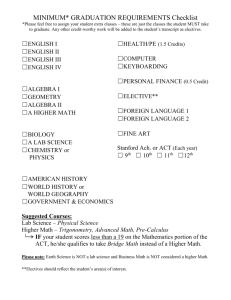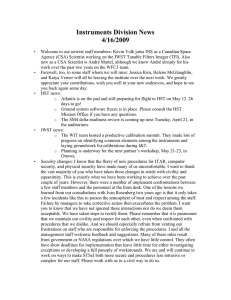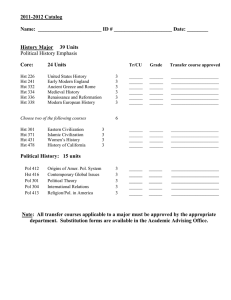EAS MAJOR ADVISING WORKSHEET NAME:
advertisement
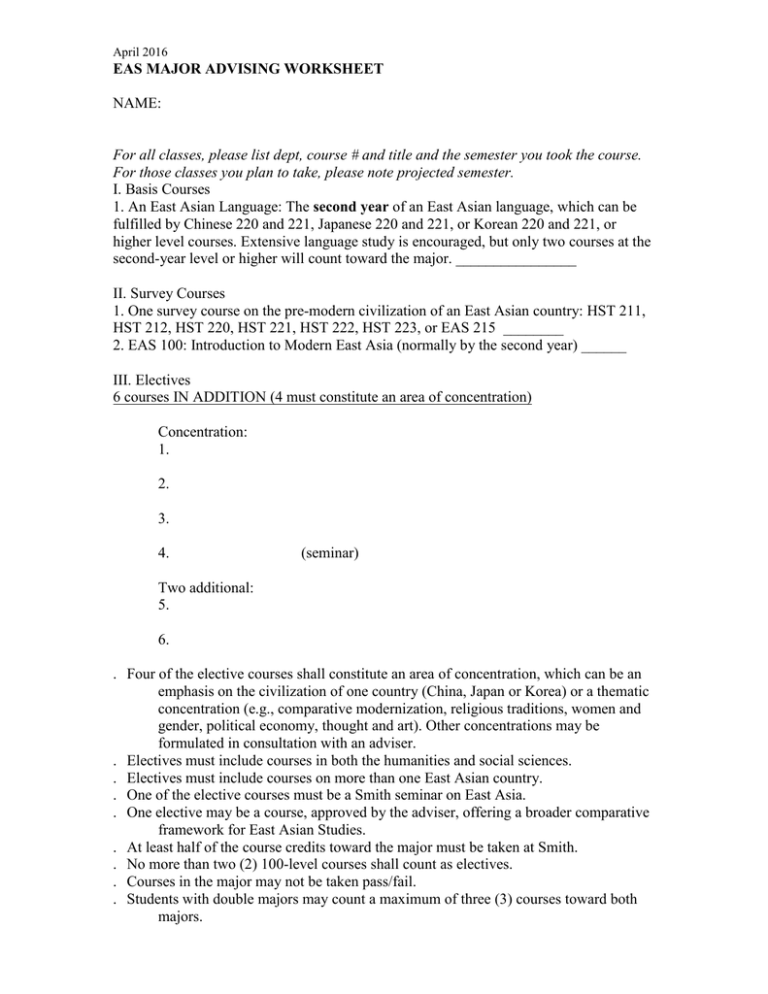
April 2016 EAS MAJOR ADVISING WORKSHEET NAME: For all classes, please list dept, course # and title and the semester you took the course. For those classes you plan to take, please note projected semester. I. Basis Courses 1. An East Asian Language: The second year of an East Asian language, which can be fulfilled by Chinese 220 and 221, Japanese 220 and 221, or Korean 220 and 221, or higher level courses. Extensive language study is encouraged, but only two courses at the second-year level or higher will count toward the major. ________________ II. Survey Courses 1. One survey course on the pre-modern civilization of an East Asian country: HST 211, HST 212, HST 220, HST 221, HST 222, HST 223, or EAS 215 ________ 2. EAS 100: Introduction to Modern East Asia (normally by the second year) ______ III. Electives 6 courses IN ADDITION (4 must constitute an area of concentration) Concentration: 1. 2. 3. 4. (seminar) Two additional: 5. 6. . Four of the elective courses shall constitute an area of concentration, which can be an emphasis on the civilization of one country (China, Japan or Korea) or a thematic concentration (e.g., comparative modernization, religious traditions, women and gender, political economy, thought and art). Other concentrations may be formulated in consultation with an adviser. . Electives must include courses in both the humanities and social sciences. . Electives must include courses on more than one East Asian country. . One of the elective courses must be a Smith seminar on East Asia. . One elective may be a course, approved by the adviser, offering a broader comparative framework for East Asian Studies. . At least half of the course credits toward the major must be taken at Smith. . No more than two (2) 100-level courses shall count as electives. . Courses in the major may not be taken pass/fail. . Students with double majors may count a maximum of three (3) courses toward both majors.
